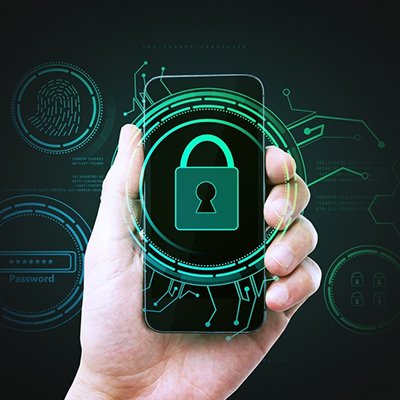 A brief look at high security ID card printing.
A brief look at high security ID card printing.
Forgery and counterfeiting are very much a reality in most industries today. People often want access to something they are not entitled to, whether it is out of curiosity or rooted in more sinister gain. In order to combat fraud and ensure unauthorised personnel do not gain access to restricted areas, many companies use ID card systems to great effect. Detailing the holder's name, photograph, signature or colour coding cards to show access entitlement makes it easier to identify the owner at a glance. But what is to stop someone duplicating these ID cards and gaining access to restricted areas? In some cases nothing at all, other than access to a standard plastic card printer.
Ask yourself a question, how easy would it be to forge the ID cards at your facility? If someone has the right equipment, the answer is very easily. If this thought concerns you, then it's worth looking at updating your card printing system to one which supplies higher forms of security, ones that are virtually impossible to forge and can be easily verified and authenticated.
There are a few well established methods of providing extra security to ID cards which are used in high security areas; the most effective being Ultra Violet (UV) printing, holograms embedded into the laminate overlay card and microtext printing.
There are many different ID card printers on the market, but offering one of the best specifications for high security ID cards is the Zebra P640i from DED Limited. This card printer offers customised UV and precision microtext printing and customisable hologram laminates. An optional ID-Key feature prevents unauthorised printer use too. Finally, the P640i also offers a range of encoding options for magnetic, smart & proximity cards to enable production of access control passes.
A UV hologram printed across the surface of an ID card is not visible to the naked eye, but under a UV light, this high security feature becomes visible and can be a very effective way of authenticating a card. Printing customised UV designs on a card further increases security and offers instant visual recognition.
A hologram image, such as a logo, can be built into the printer's laminate overlay and offers a greater level of visual security and card durability. These holograms are available in a standard design or full customised with a specific logo or image.
Introducing the company name or some other test in tiny print onto the background of a card, much like on bank notes is an exceptionally difficult feature to copy. Microtext is usually printed in font sizes as small as 3 point, that's less than 15 one thousandths of an inch. In fact, most ID card printers cannot duplicate this function, so if introduced, ID cards with this feature really are virtually impossible to reproduce.
Having one or all of these of these features on high security ID cards, makes counterfeiting so difficult that forgeries could be detected instantly and potential security breaches avoided. A combination of all three and you're practically guaranteed that your high security ID cards are secure.
Of course, all of this security is only going to be effective if access to the printer is limited to authorised users. The optional ID-Key feature uses a small coded key which must be present in the printer before it will function. Different keys can be given to each authorised user and details of cards they print including the date and time of issue are recorded in the ID-Log software utility supplied.
To complete the secure card printing package, DED offer a range of software packages designed for the secure issue and tracking of ID badges.
More on DED Limited


